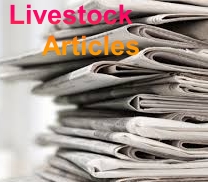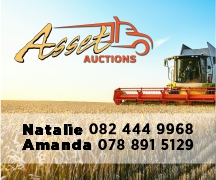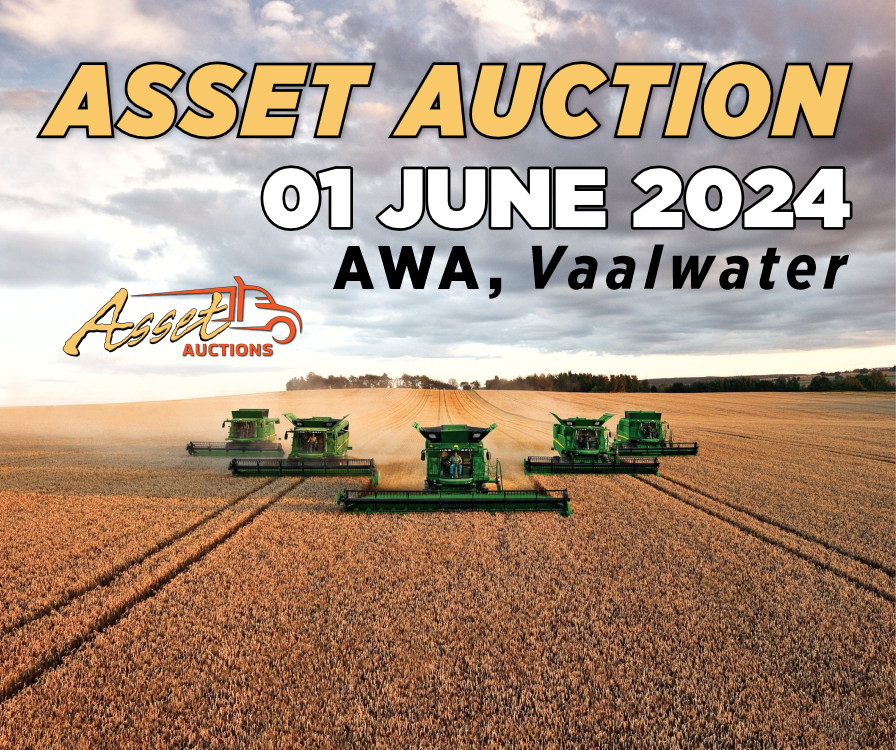SA Boer Goat Breeders Association
The SA Boer Goat Breeders’ Association was established on 4 July 1959 at Somerset East in the Eastern Cape to promote and protect the interests of Boer goat breeders.
Groundwork for this started in 1950, when Somerset East farmers, Theunis Jordaan of Buffelsfontein, Theunis Botha of Grootfontein and Theunis Kruger from Dirkskraal investigated the plausibility of such an association. At the time, they decided against it because of the shortage of breeders with boer goats of the desired genetic material.
In 1959, three other farmers asked Kruger about the possibility of establishing a Boer goat breeders’ association. These farmers were Piet van Dyk, who later farmed at Doornkraal in Middelburg in the Western Cape, Syce Botha of Roodekranz in Somerset West and Corrie Oberholtser of the Northern Cape.
Kruger in response advertised nationally that a founding meeting for a Boer goat breeders’ society would be held on 4 July 1959, for which 16 farmers pitched. A committee was appointed to draft breed standards and a constitution, which were both accepted at a subsequent meeting on 16 October 1959.
Theunis Jordaan was elected as the first chairperson and fulfilled this role until 1968, which Syche Botha served as secretary from the start of the SA Boer Goat Breeders Association until 1982.
SA Boer Goats History
Boar goats are indigenous to South Africa. They originated from goats that made their way from Europe, India, Egypt and the Nubia to South Africa along the west and east coasts, and have been farmed with here for meat and milk for hundreds of years.
The initial stock consisted of a big jumble of animals, coming in all shapes, sizes and colours. Jeremias Treigaardt of the farm Van Wyksvlei near Bedford, and the Jordaans, Nells, Schoemans, Bothas and Krugers from Somerset East are regarded as the pioneers in the refinement of the Boer goat. The name Boer goat was chosen for the refined animal, because it was a goat with which farmers wanted to farm commercially. (The Afrikaans word for “farm” is “boer”.) About a decade before the SA Boer Goat Breeders’ Association was founded, at a time when almost everybody owned a couple of goats, Theunis Jordaan already had a herd of 400 ewes – all white with red heads and well built. At one point, he allegedly sourced eight big framed Boer goats all the way from Frasersburg to Loxton, which he transported back to the farm via rail.
His Buffelsfontein Boer Goat Stud was the first to be registered. The stud was founded in 1931 when he purchased a ram from Triegaardt and half of the boer goats that belonged to the partnership of WG Jordaan and Sons, of which he was a partner. WG Jordaan, his father, bought two other rams from Triegaard that also played an important role in the transformation of the herd. Botha published an information piece “Improving the boer goat Breed” back in 1943 already. He described the requirements to achieve greater consistency in the breeding of the desired type of boer goat, and in consultation with Jordaan, developed a point scale to help farmers with the ion of breeding animals. He was the first person to refer to the idea of a refined boer goat in 1950.
Association Services
The creation of the SA Boer Goat Breeders’ Association, thanks to the forward thinking and vision of its founding members, transformed the indigenous boer goat into the best meat goat breed in the world in terms of meat quality, growth rate, fertility as well as hardiness and adaptability. This is a unique achievement, considering the existence of over 341 goat breeds.
The fete is even more impressive, considering the poor quality of the goats these breeders had to start off with. According to the SA Boer Goat Breeders' Association, the old African goat had a lot of baggage, being described as having poor build, veld destroyer and wayward animal. The breeders managed to offset these problems through careful ion and cross-breeding.
The SA Boer Goat offers various services to promote, enhance and protect the breed. Firstly, it has set the standards to which animals have to conform to register as stud animals. It offers inspection services for breeders and flock farmers to help with the classing of goats, in other words, whether the goats should be culled, used in a flock or stud. Each breeder has to be inspected every other year.
The inspectors consist of competent members, who have been appointed by the SA Boer Goat Breeders' Association. Farmers are charged an inspection fee and a small amount, per number of animals tagged. The inspectors also have to be compensated for travelling costs at a rate per kilometre.
The SA Boer Goat Breeders Association also organises a World show in Bloemfontein every second year, which is nated with a national Show during the other years. The association’s panel of judges evaluate the goats during these events, allowing attendants to benchmark themselves against others and see the best specimens of the breed.
To participate in these shows ewes, six tooth and older, should be visibly pregnant, be positively scanned or be accompanied with a pregnancy certificate which is not older than 1 month prior to the show.
An official Auction is hosted annually at Bloemfontein, in which only members are allowed to participate. Animals are inspected before the auction to ensure they conform to certain standards. Commission is charged on the goats that are sold.
The association annually hosts two courses during which the breed standards are discussed and demonstrated. Two-day courses are also held when the need arises.
Breeders Association Members
Membership to the SA Boer Goat Breeders’ Association is open to Boer goat breeders, who commit to be loyal to the association. Applicants have to fill in a membership application form to join the association.
Breeders have to keep strict growth and reproduction records of their animals from the birth of the animals and use the prescribed identification measures for the identification of animals. Animals have to conform to strict standards in terms of reproduction, fecundity, the raising of offspring and growth to be accepted in a stud. They also need to be free from any deformities or diseases.
The SA Boer Goat Breeders' Association gives a clear description of the features to which goats have to comply in terms of conformation, pigmentation and hair colour and cover to be accepted as stud or flock animals.
In summary a goat should visually have a fine head with round horns that are bent backwards, according to the SA Boer Goat Breeders' Association. Its skin should be loose and supple with folds, especially in rams, with short hair, as this type of skin is more adaptable to the warm climatic conditions of South Africa and also less susceptible to external parasites.
The body parts should be well fleshed and in perfect balance. The ewe must be feminine, wedging slightly to the front, which according to the association is a sign of fertility. The ram should be masculine and heavier in the head, neck and forequarters.
The goats should ideally be white with a red head and ears, a white blaze and fully pigmented skins to protect them against sunburn. Shadings between light and dark red are permissible.








